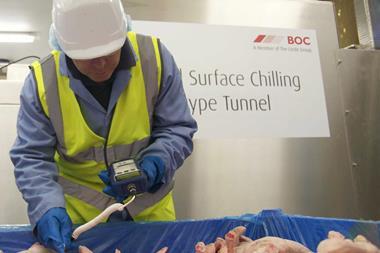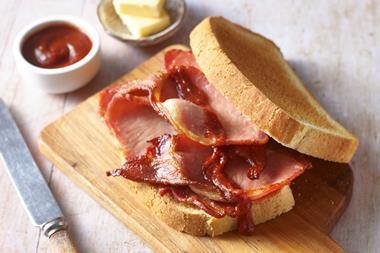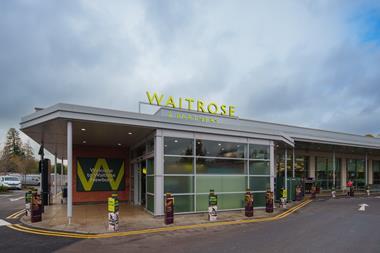A shocking 70% of chickens on sale in supermarkets and butchers contain campylobacter. The long-awaited Food Standards Agency report into chickens sold at retail revealed even worse results than expected - and highlighted the need to tackle this bug.
The FSA has estimated some 280,000 people become ill from campylobacter annually and about 100 will die as a result. Many will have long-term complications.
The report shows, while some supermarkets are doing a marginally better job than others of dealing with campylobacter, they are all poor.
Initial reactions to the findings from both the supermarkets and the poultry industry appeared to place the burden on consumers to handle and cook raw chicken correctly.
“Some supermarkets do a better job than others. But they are all poor”
Consumer information and education about the risks of campylobacter are certainly important, including making people aware of the risk from washing chicken. But with such a strong possibility of buying a contaminated chicken - including 18% found to be in the highest contamination category - controls need to be tightened at every stage of the supply chain, from farms to supermarkets.
The fact that 6% of chickens actually had campylobacter on the outside of the packaging - 12% at the worst performer, Asda - shows it can also be important to think about careful handling even while still in the supermarket.
Three-quarters of people (76%) told Which? they trust the fresh chicken in supermarkets is safe to eat. Which?’s ‘Make Chicken Safe’ campaign is calling for the supermarkets to live up to this expectation. Which? wants much greater transparency about the industry’s own data on campylobacter levels, as well as publication of the supermarkets’ farm-to-fork action plans to make sure levels start to come down. As each one publishes its plans, Which? will add them to its checklist.
Marks & Spencer stands out for making the strongest public commitment to act. This includes paying farmers more for campylobacter-free chickens; stopping the practice of thinning, which can spread campylobacter within chicken sheds; and implementing rapid surface-chilling to control levels. However, it is yet to publish its full plan on its own website.
There is no quick fix, but it is time for retailers and producers alike to demonstrate they are taking steps to reduce this unacceptable Health burden. Which? wants to see supermarkets publish their action plans by the end of the year, and it will be watching the next set of FSA results, due to be published in February, very closely.
Sue Davies is chief policy adviser at Which?



















No comments yet